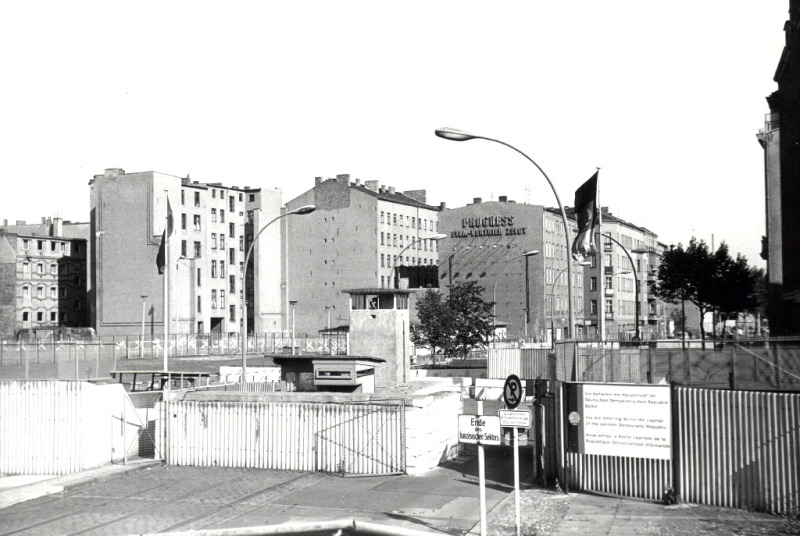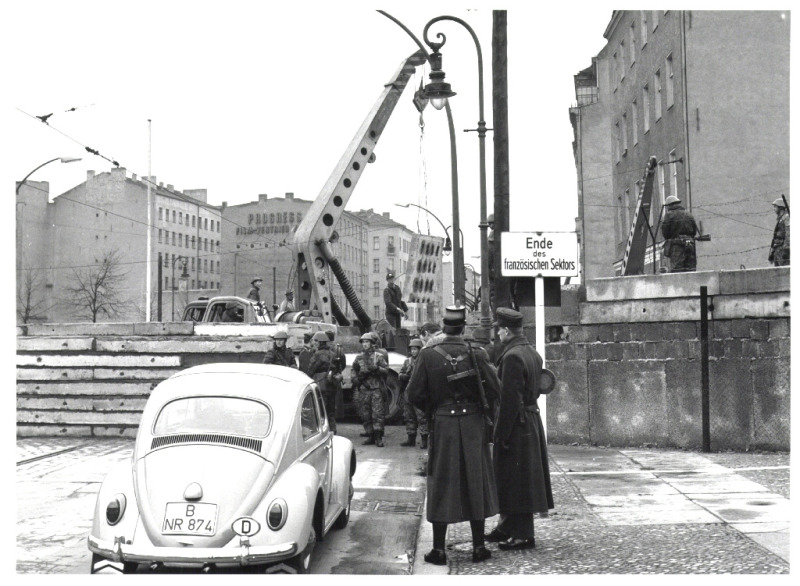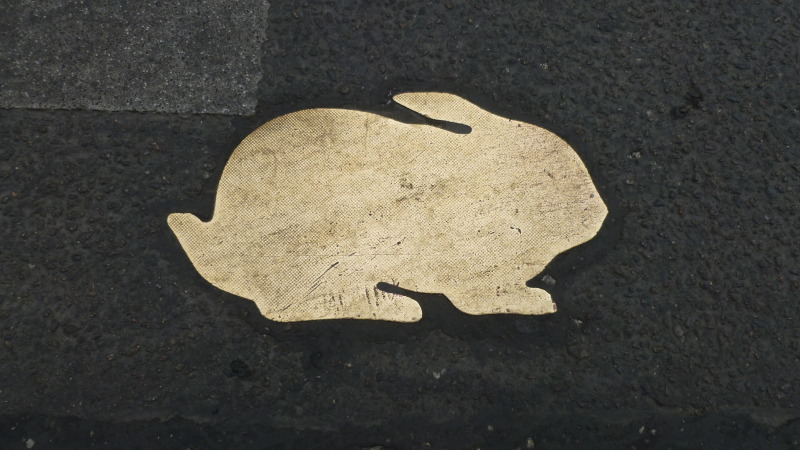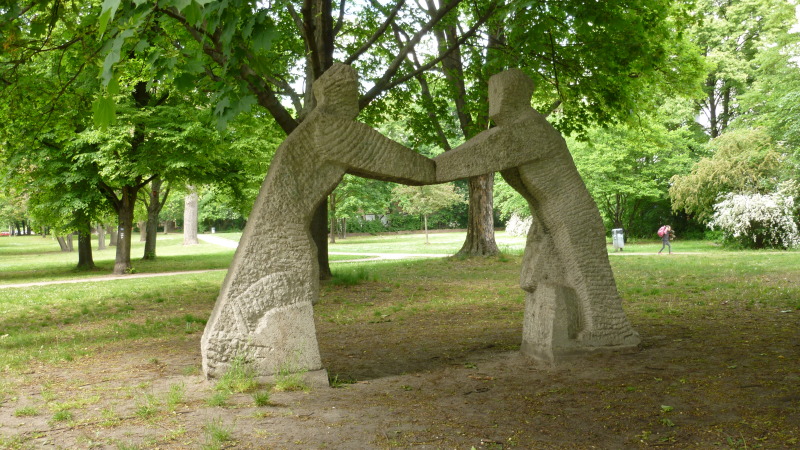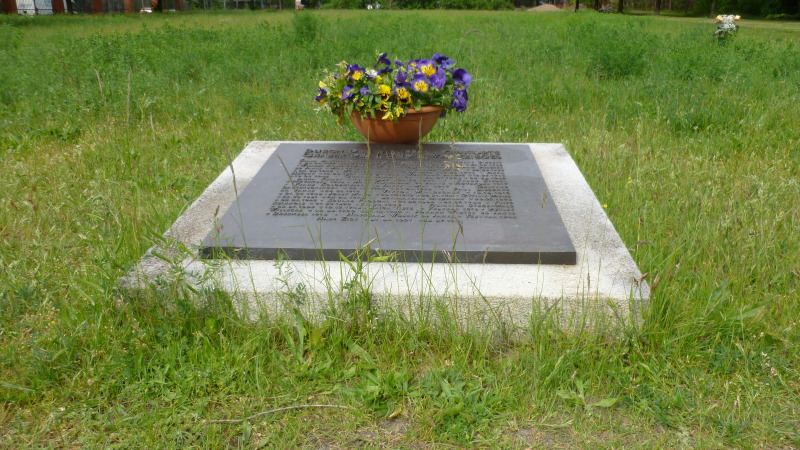West Berliners entering East Berlin could use a GDR border crossing located at the intersection of Chausseestrasse and Liesenstrasse. Visiting the other half of the city was not allowed until the Christmas and New Year’s holidays in 1963/1964, however, 28 months after the Wall went up, and was restricted to those who had applied for a permit.
The agreement of 17 December 1963 on these permits, which was preceded by difficult negotiations between the (West) Berlin Senate and the GDR government, opened the Berlin Wall for West Berliners for an initial period of two weeks. Between 19 December 1963 and 5 January 1964, more than 700,000 West Berliners visited family members in East Berlin. Many applied for two permits at the same time: one for Christmas and one for New Year’s. A total of 1.2 million visits were registered in these few days. Three additional permit agreements followed until 1966, and in some years attracted even greater numbers of visitors.
Starting in 1964, GDR citizens who had reached retirement age were permitted to visit relatives and later even friends in West Berlin. All other GDR citizens were unable to apply for permission to travel to West Berlin except in cases of professional necessity or a family emergency.
The Chausseestrasse border crossing was one checkpoint with a relatively low profile (among West Berliners). On 8 April 1989, however, it was the scene of an escape attempt that attracted attention worldwide.
Two young men jumped over the checkpoint barrier and were stopped by passport control officers firing warning shots. Although an order had been issued to the border guards on 3 April 1989 prohibiting the use of firearms to “prevent a breach of the border,” the passport control units were not under the command of the border troops, but of the Ministry for State Security (Stasi). They were not aware of the new directive.

